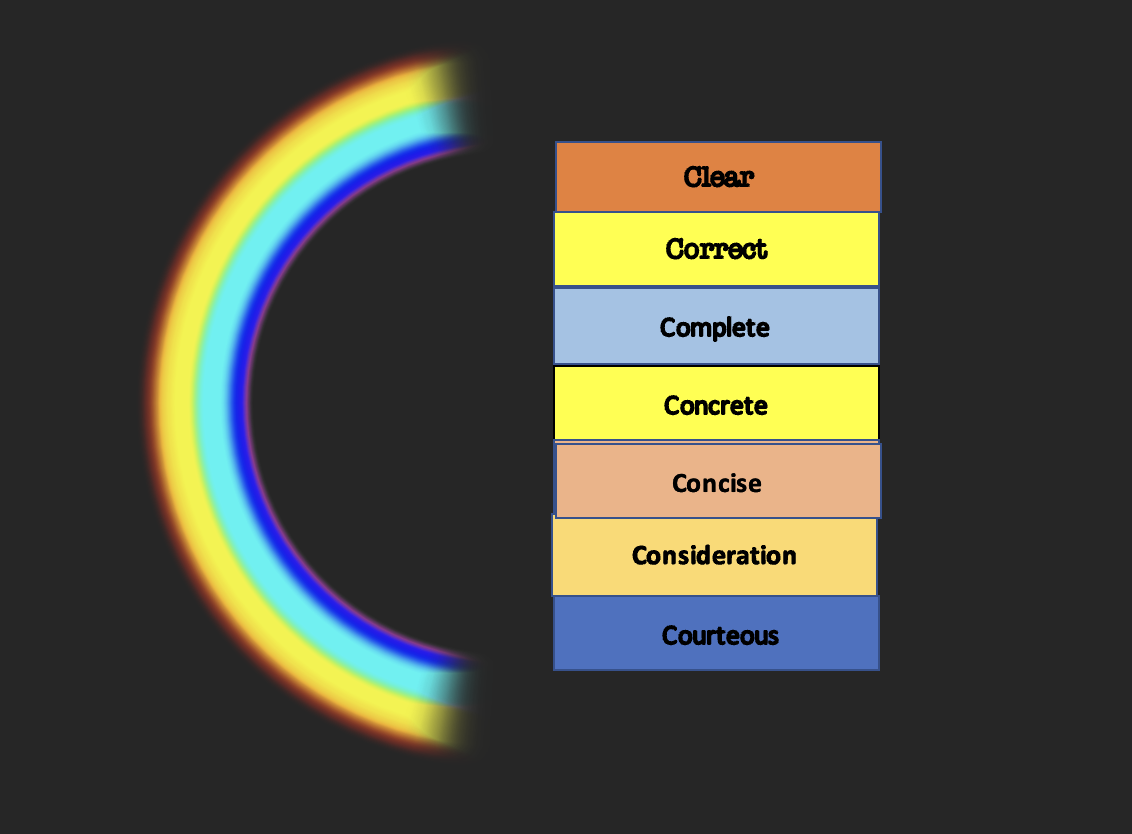What is Communication?
Communication is commonly understood as a simple task of transferring information from one place, person or group to another.
Every effective communication involves minimum one sender, a message and a recipient.
The root of the word communication originates from a Latin word which means COMMUNICARE, which means to make common or to share.
In simple words Communication is the activity or process of sharing or exchanging ideas, feelings, information, experience between two or more persons; or an act or instance of transmitting; or the information actually communicated by some means.
Definition of communication
The Oxford English Dictionary defines communication as “the action of conveying or exchanging information and ideas.”
Allen Lui (Louis) defines communication as “ Communication is the sum of all the things one person does when he wants to create understanding in the mind of another. It is a bridge of meaning. It involves a systematic process of telling, listening, understanding and responding.”
Business Communication
Business communication is the procedure of sharing information between employees within and outside a company.
Effective business communication deals with how employees and management interact with each other to attain the organisational goals and to align with the core values of the organisation.
Effective business communication is mandatory for the growth and success of every organisation. Business communication is always goal oriented.
Definition of Business Communication:
William G. Scott defines business communication as “Administrative communication is a process which involves the transmission and accurate replication of ideas ensured by feedback for the purpose of eliciting actions which will accomplish organizational goals.”
The last definition covers 4 aspects of administrative communication, as follows:
1) The sender’s ability to transmit his own ideas accurately.
2) The receiver’s mental ability to get the same idea as were transmitted i.e. accurate replication.
3) The feedback or the receiver’s response.4) Extracting action which will help to achieve the goals.
The Communication Process
The 5 Step Communication Process
Figure 1: The Osgood-Schramm model of communication. Sources: Kissing, 2018; Web Editor 4, 2017
Step 1: Idea Formation – The communication process begins when the sender has an idea to be communicated. The idea will be influenced by complex factors surrounding the sender. The sender must begin by clarifying the idea and purpose. What exactly does the sender want to achieve? How is the message likely to be perceived? Knowing this information provides a higher chance of successful communication
Step 2: Message Encoding – The idea must be encoded into words, symbols, and gestures that will convey meaning. Because no two people interpret information in the exact same way, the sender must be careful to choose words, symbols and gestures that are commonly understood to reduce the chances of misunderstanding. Therefore, a sender must be aware of the receiver’s communication skills, attitudes, skills, experiences, and culture to ensure clear communication.
Step 3: Message Transmission: Choosing the medium to transmit the message is the next step in the communication process. Messages can be transmitted in a verbal, written, or visual manner (see Table 1). For clear communication to occur, the medium and message must match
Table : Message Transmission Mediums
| Verbal | Written | Visual |
| In-person speech | Drawings, paintings | |
| Phone conversation | Text, instant message | Photos, graphic designs |
| Voice-over-internet protocol (VoIP) | Report, article, essay | Body language (e.g., eye contact, hand gestures) |
| Radio | Letter | Graphs |
| Podcast | Memo | Font types |
| Voicemail message | Blog | Semaphore |
| Intercom | Tweet | Architecture |
Step 4: Decoding – When the message reaches the receiver, the message must be decoded into its intended meaning. Therefore, the receiver must translate the words, symbols, and gestures as the sender intended. Because no two people interpret information in the exact same way, incorrectly decoding a message can lead to misunderstanding. Successful decoding is more likely when the receiver creates a receptive environment and ignores distractions. Alert receivers strive to understand both verbal and nonverbal cues, avoid prejudging the message, and expect to learn from the communication.
Step 5: Feedback – A vital part of the communication process is feedback. Feedback occurs the sender and receiver check to ensure the message was understood as intended. Feedback is a shared responsibility between the sender and the receiver and can be verbal or non-verbal. For example, the sender can elicit feedback by asking, “Do you have any questions?” The sender can also improve the feedback process by only providing as much information as the receiver can handle. Receivers can encourage clear communication by providing clear, timely, descriptive, and non-judgmental feedback. For example, the receiver can shake his/her head up and down to confirm “yes” I have a question.
(Sources: Pressbook: Unit 2 – the communication process)
7 Cs of Effective Communication
- Clear:The message should be clear and easily understandable to the recipient. The purpose of the communication should be clear to sender then only the receiver will be sure about it. The message should emphasize on a single goal at a time and shall not cover several ideas in a single sentence.
- Correct:The message should be correct, i.e. a correct language should be used, and the sender must ensure that there is no grammatical and spelling mistakes. Also, the message should be exact and well-timed. The correct messages have a greater impact on the receiver and at the same time, the morale of the sender increases with the accurate message.
- Complete:The message should be complete, i.e. it must include all the relevant information as required by the intended audience. The complete information gives answers to all the questions of the receivers and helps in better decision-making by the recipient.
- Concrete: The communication should be concrete, which means the message should be clear and particularly such that no room for misinterpretation is left. All the facts and figures should be clearly mentioned in a message so as to substantiate to whatever the sender is saying.
- Concise:The message should be precise and to the point. The sender should avoid the lengthy sentences and try to convey the subject matter in the least possible words. The short and brief message is more comprehensive and helps in retaining the receiver’s attention.
- Consideration: The sender must take into consideration the receiver’s opinions, knowledge, mindset, background, etc. in order to have an effective communication. In order to communicate, the sender must relate to the target recipient and be involved.
- Courteous:It implies that the sender must take into consideration both the feelings and viewpoints of the receiver such that the message is positive and focused at the audience. The message should not be biased and must include the terms that show respect for the recipient.
Note: This checklist applies to both the written and oral communication.
(Sources: Business Jargons)







1 Comment
Hi
It’s really a nice and helpful piece of information. I am happy that you shared this helpful info with us. Please stay us up to date like this. Thanks for sharing.
https://cutt.ly/i2bX4xi
Best Regards